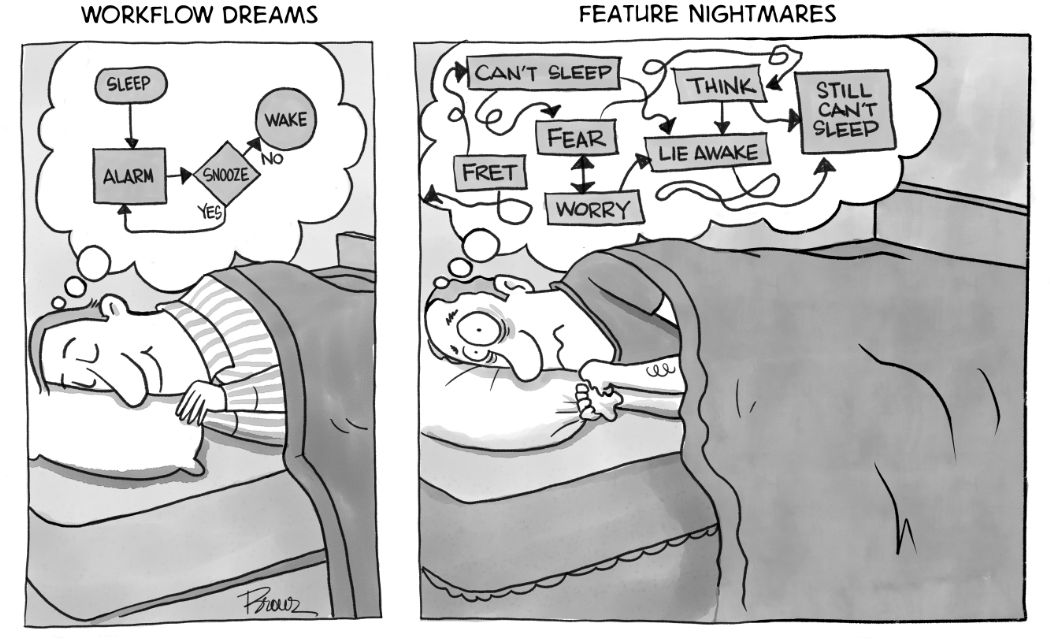A Dawn of Digital Revolution
In the mid-2000s, the digital landscape began to shift dramatically with the introduction of the Internet of Things (IoT). For Mobile Network Operators (MNOs), this was not just a trend but a beacon of untold opportunities. The anticipation was palpable: tens of billions of devices connecting to networks, each device a stream contributing to an anticipated flood of revenue. From smart homes to connected cars, IoT promised a new frontier for network operators to explore and dominate.
This new frontier put MNOs at the crossroads of innovation and adaptation. Traditional operational systems, designed in an era where smartphones reigned supreme, were suddenly inadequate. Subscription management, billing systems, and customer support—all had to be reimagined from the ground up to accommodate the unique demands of the IoT landscape.
Moreover, this evolution wasn’t limited to technological upgrades. It necessitated a cultural shift within organizations. New sales, marketing, and product teams were essential.
The costs associated with adapting to this new world were significant, both in financial terms and in the operational upheaval it caused. Yet, the excitement for what IoT represented—a future of connected devices improving lives and transforming industries—remained undimmed.
IoT Gets Real: Real Business, Real Challenges
As the calendar flipped from 2009 to 2010, the Internet of Things (IoT) began to shift from concept to a substantial business reality. Mobile Network Operators (MNOs) worldwide watched as device volumes skyrocketed, with multiples of millions of devices clamoring for connectivity. This wasn't just growth; it was a deluge, promising and delivering significant revenue streams. Yet, as the decade progressed, a shadow loomed on the horizon—commoditization.
The Declining ARPU Dilemma
In the face of explosive device growth, an unwelcome wrinkle emerged: the Average Revenue Per Unit (ARPU) for IoT services continued to decline. Year over year, despite adding millions of devices to their networks, MNOs witnessed diminishing returns. By 2023, this decline had slowed, hinting at stabilization, but the damage was done. The IoT sector, while bustling, had become a challenging arena for maintaining, let alone growing, revenue.
With device volumes up, why was revenue growth not following suit? The answer lies in the evolving market dynamics and the commoditization of IoT connectivity.
Commoditization: A Double-Edged Sword
The IoT market's commoditization was not just a factor of pricing pressure; it was a fundamental shift in the ecosystem. The explosion of Multi-Vendor Network Operators (MVNOs) over the past five years diversified customer options, diluting brand loyalty and making it harder for MNOs to stand out. Furthermore, MNOs found themselves vying for dominance not just in their home territories but globally, blurring the lines of competitive advantage.
Customers, faced with an overwhelming number of choices, found it increasingly difficult to discern the value propositions between one operator and another. This didn't just challenge existing business models; it called into question the future direction of IoT strategies for MNOs.
Strategic Crossroads: Where Do We Go From Here?
The commoditization of IoT services and the associated decline in ARPU presented a crossroads for MNOs. The critical questions that emerged were existential in nature:
- How do we differentiate in a crowded market?
- Is it possible to reverse the ARPU decline, and if so, how?
- Can we find new avenues to increase margins in the face of commoditization?
- What strategies will position us effectively for the future, especially with the looming era of hyperscaling?
These questions were not just rhetorical; they demanded action. As the IoT landscape evolved, standing still was not an option. The need for strategic clarity and innovative thinking had never been more acute.
Looking Forward: A Glimpse into the Future
As we turn the page to a new chapter in the IoT saga, the answers to these questions will define the future of MNOs in the digital ecosystem. The journey through the commoditization of the past decade has been fraught with challenges, but also laden with lessons.
In our next article, we will explore the potential paths forward for MNOs. The strategies of enablement, enrichment, and end-to-end solutions offer different paths up the value chain, each with its unique set of opportunities and challenges. The future of IoT for MNOs is not just about navigating commoditization; it's about redefining their role in an interconnected world.
Join us as we delve into the strategies that promise to elevate MNOs beyond commoditization, toward a future ripe with potential for growth, differentiation, and sustained success.

